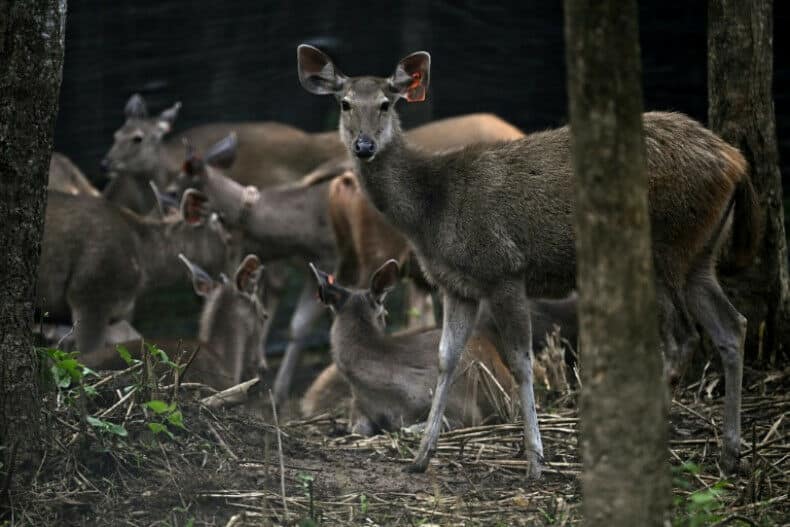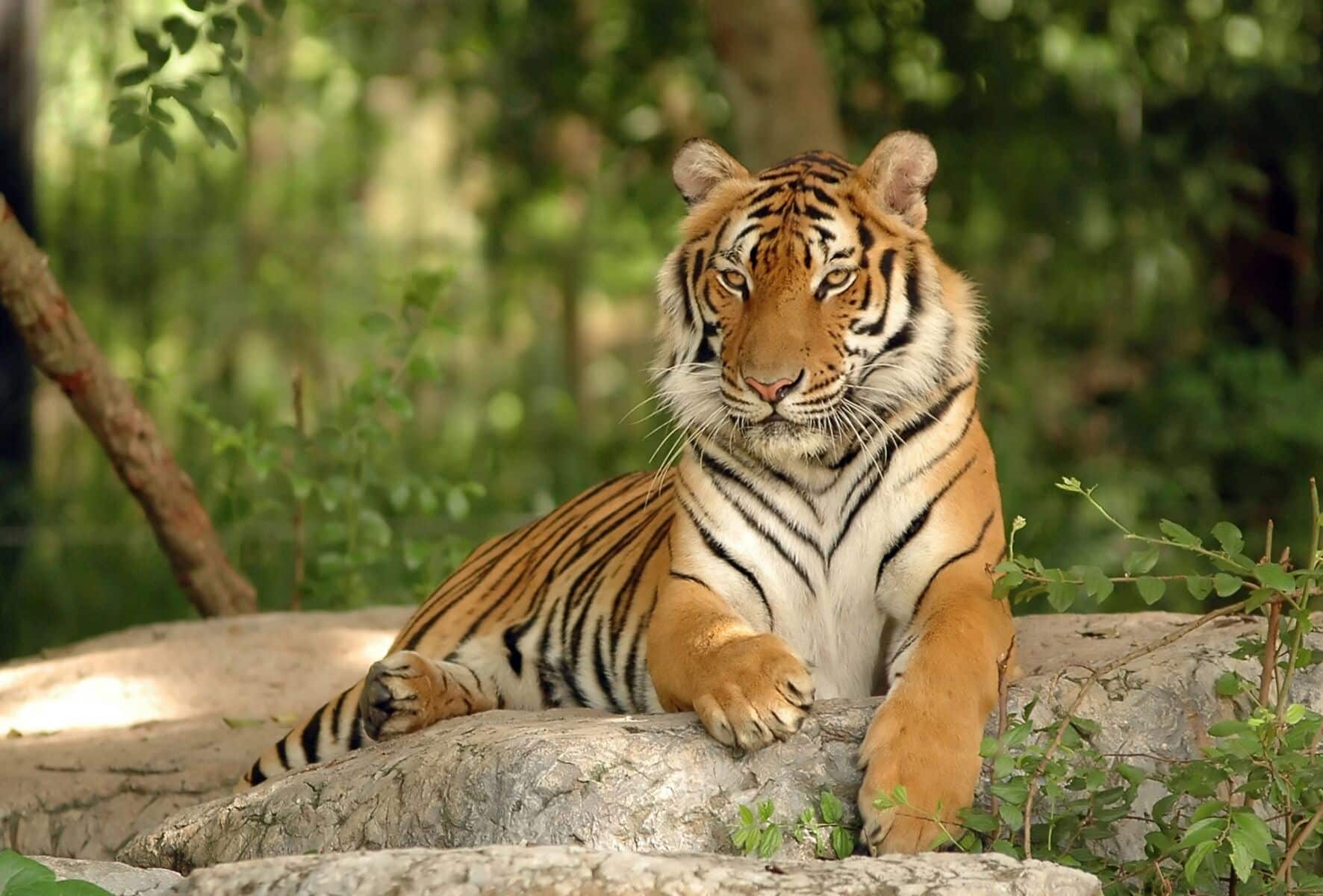

In Thailand’s dense, steaming western forests, 20 sambar deer leap into freedom — and straight into the domain of one of Asia’s most elusive predators: the Indochinese tiger.
This dramatic release in Khlong Lan National Park, Kamphaeng Phet, Central Thailand, is part of an ambitious government and WWF-backed effort to revive Thailand’s wild tiger population by restoring their natural prey base. It’s a plan that appears to be paying off spectacularly.
“Since starting the project, we’ve seen tigers become regular residents here and successfully breed,” said Worrapan Phumanee, research manager at WWF Thailand.
In the last 15 years, tiger numbers in the country’s Western Forest Complex, near the Myanmar border, have surged from around 40 in 2007 to an estimated 179 to 223 in 2023, according to the Department of National Parks (DNP).

WWF’s Tigers Alive initiative leader Stuart Chapman called the growth “extraordinary,” noting that no other Southeast Asian country has seen a similar recovery. Cambodia, Laos and Vietnam have lost their native tiger populations, and Myanmar has just 23 left in the wild — a grim toll from poaching and trafficking.
Thailand, however, is bucking the trend.
The key? Food. Specifically, the sambar deer, native to Thailand, but classed as vulnerable due to overhunting. The DNP and WWF have been breeding the deer in captivity and releasing them into tiger habitats to help sustain the predators and rebuild the ecosystem, reported Bangkok Post.
“The purpose of releasing deer is not solely to serve as tiger prey but also to restore the deer population,” said Worrapan. GPS collaring shows the deer adapt quickly despite being raised in captivity. “They try to evade predators and choose safe areas to thrive.”

On Wednesday, June 18, DNP staff opened the gates of an enclosure containing 10 male and 10 female sambar deer. After a brief moment of hesitation, one brave buck dashed into the wild, prompting the others to follow.
Chaiya Danpho from the DNP added, “Only a small number of released deer become prey. Most survive and reproduce.”
These prey release programmes, now expanding into Cambodia and Malaysia, are adapted from successful African models. But in Southeast Asia — where tiger numbers are dwindling — Thailand’s approach could be a rare conservation success story.
The story Tiger comeback: Prey release sparks hope in Thai jungle as seen on Thaiger News.
